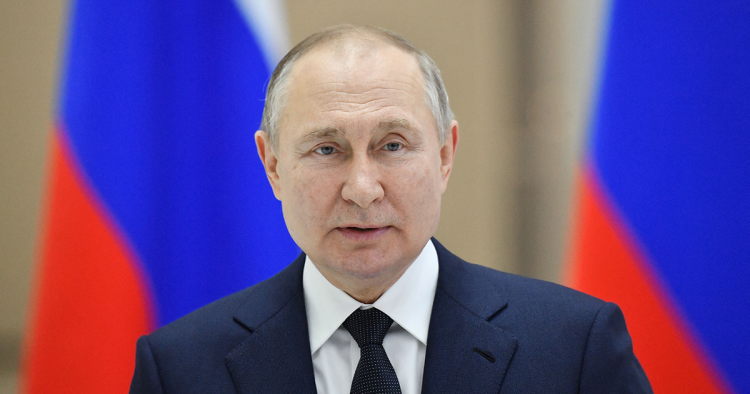The March 22 terror attack in Russia, on the outskirts of Moscow, which killed 139 people has brought attention back to the Islamic State Khorasan Province (ISKP). Notwithstanding the Kremlin’s proclivity to link the attackers to Ukraine and not ISKP, the group’s involvement in the attack is clear from its claim and the evidence that has emerged in the aftermath. However, the focus on and understanding of ISKP’s core area in Afghanistan and Pakistan needs to be expanded to include the large frontiers of Central Asia, where the group seems to be thriving and expanding its area of operations.
While for many the threat of the Islamic State ended in 2019 with the American military campaign that disintegrated the Caliphate in Iraq and Syria, the group’s capacity remained intact in many parts of Central and South Asia. The recent attack in Krasnogorsk isn’t so much an extension of ISKP’s presence, but a power projection of its existing presence and influence in Central Asia, where the group has been building its strength since 2014. This needs to be understood in attempts to understand the threat potential and construct strategies to tackle the group.
Continue reading on The Diplomat
Photo by YEVGENY BIYATOV/Sputnik/AFP via Getty Images
The Middle East Institute (MEI) is an independent, non-partisan, non-for-profit, educational organization. It does not engage in advocacy and its scholars’ opinions are their own. MEI welcomes financial donations, but retains sole editorial control over its work and its publications reflect only the authors’ views. For a listing of MEI donors, please click here.













